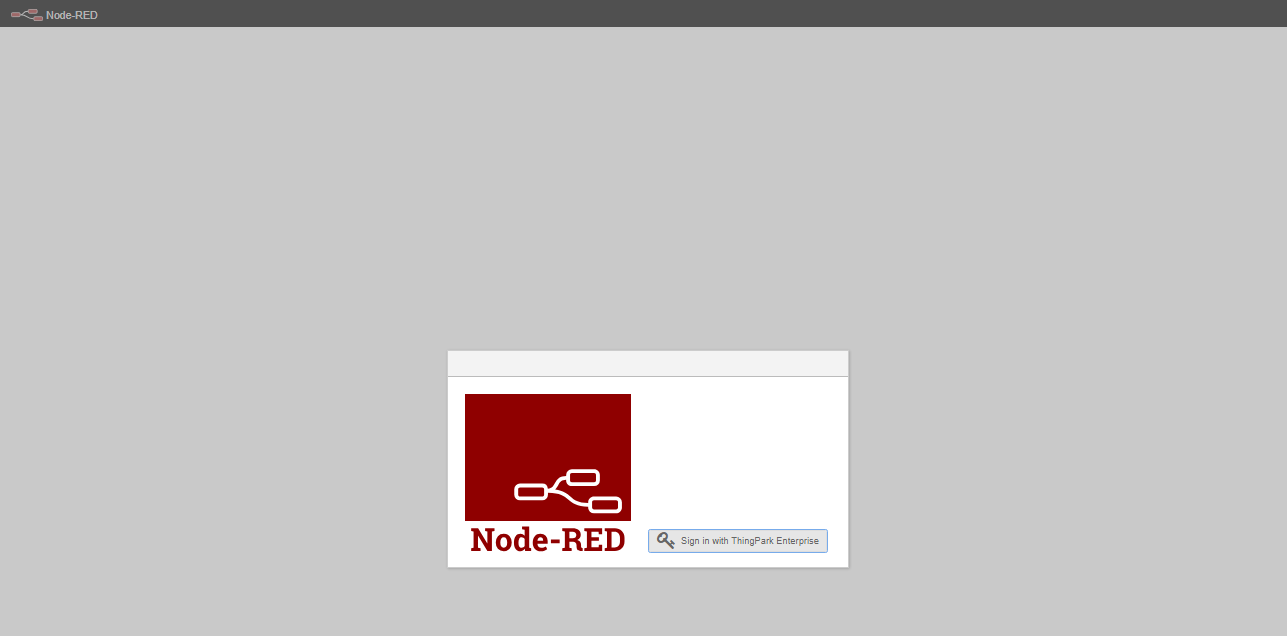Node-RED
ThingPark Enterprise All-in-one embeds a Node-RED component to optimize the solution's integration with external Application Servers.
The default Node-RED flow supports MQTT protocol with an embedded MQTT broker. This is called Uplink/Downlink flow, it constitutes the unique interface with the LoRaWAN Network Server embedded in ThingPark Enterprise All-in-one.
Additional flows are available off-the-shelf to support a seamless integration with BACnet and Modbus protocols.
Do not delete the Uplink/Downlink flow from Node-RED, even if you do not need MQTT protocol to interface with your Application Servers.
This flow remains mandatory for proper operation of other Node-RED flows. Deleting it will cause data reporting to your Application Servers to stop working.
If you are not familiar with Node-RED, you may consult these tutorials.
Connecting to Node-RED
To know the version of your ThingPark Enterprise All-in-one server, hover your mouse on the logo at the top left of the user interface.
-
For ThingPark Enterprise All-in-one versions 2.2.0 onwards:
- Click Dataflows from the left panel of the user interface.
- Go to Advanced settings widget, then click the OPEN button beside Node-RED.
-
For ThingPark Enterprise All-in-one versions earlier than 2.2.0:
- Click Node-RED from the left panel of the user interface.
- Click Sign in with ThingPark Enterprise and eventually sign-in again with your password.

Using Node-RED
Once connected to Node-RED, check out the following topics to learn more about how to use the Node-RED flows embedded in ThingPark Enterprise All-in-one.
- Uplink/Downlink flow
- Using MQTT protocol
- Using HTTP protocol
- Using BACnet protocol
- Using Modbus protocol
- Using Node-RED Dashboard
- Managing Node-RED
Use of Node-RED nodes in "server" mode (e.g. modbus server) - with periodic polling from external client applications - has not been benchmarked by Actility. Server mode may have negative impacts on ThingPark Enterprise-All-in-One performances. Such potential impact on performance remains under the entire responsibility of the solution's operator.